When it comes to wine, Oregon is a region where Pinot Noir is always thought of first. The majority of grapes planted in Oregon are Pinot Noir, a grape that’s native to Burgundy, France, and thrives in Oregon due to the state’s similar soil conditions and latitude. Over recent years, wildfires, smoke taint, and heat have caused concern in the state. Although other white and red grape varieties are planted in Oregon, Pinot Noir is the grape that is most planted and well known. Could it be time Oregon plants more grape varieties able to withstand the changing climate?
Pinot Gris and Chardonnay are the two white wine varieties planted the most in Oregon — the former making up 14 percent of grapes planted while the latter makes up 7 percent. Grapes such as Riesling, Pinot Blanc, and others are also produced in lower quantities. As temperatures continue to rise and occurrences like the unusual heat dome of 2021 become more and more commonplace in the Pacific Northwest, which is known to be a cool-climate region, more and more winemakers are embracing white grape varieties that are adaptable to high temperatures, such as Albariño.

Red grapes like Malbec, Syrah, and Tempranillo can also withstand much more heat than the thin-skinned Pinot Noir. Weather extremes will continue to be a part of the Oregon landscape, and with warnings of a challenging wildfire season ahead, these conditions further show the resilience of certain grapes that will surely benefit Oregon’s winemakers in the long run.
“We have to look at climate as a factor moving forward in planting other grape varieties,” says Carla Rodriguez, co-owner of Yamhill-Carlton AVA’s Beacon Hill Winery & Vineyard. “Chardonnay, Riesling, and Albariño grow well here, and we’ve seen a slow increase in these varieties getting planted more in the region. We also have discovered that our customers enjoy having white wine options when visiting us as well.”
As the fifth largest wine-producing region in the U.S., Oregon could be a leader in increasing production of lesser-known grapes, setting a trend for other regions experiencing similar issues and skirting expectations that a region can only be known for one type of wine.
Six Non-Pinot Noir Wines to Try From Oregon
Abacela Fiesta Tempranillo
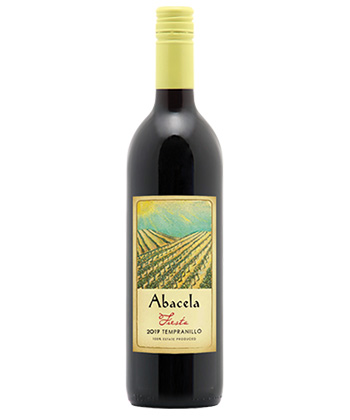
This is a great representation of how Tempranillo can thrive and produce a robust wine outside of Spain. On the nose, expect notes of plum and flowers, which intertwine on the palate with red fruit such as cherry and cranberry. Average price: $27
Alumbra Cellars Riesling 2021
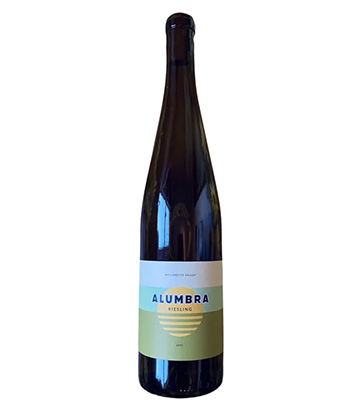
An off-dry Riesling with just enough sweetness to not be cloying or syrupy.It works well as an aperitif, but really shows its might when paired with foods, such as tuna crudo, crab cakes, biscuits and gravy, and grilled shrimp. Average price: $20
Beacon Hill Winery & Vineyard Albariño 2019
![]()
A bright and rich acidic wine with notes of key lime and Meyer lemon, this Albariño also has great texture on the palate, with flavors of honeydew melon and pineapple on the finish. Average price: $30
Gonzales Wine Company White Malbec
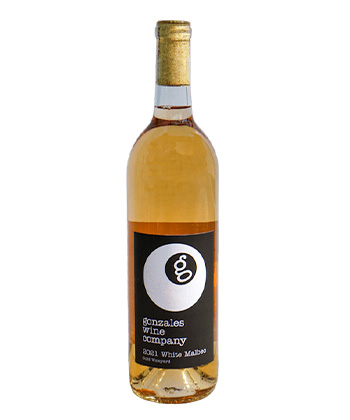
White Malbec may sound like an oxymoron, but it is not. Malbec is a red grape that can make a white wine when the grapes are gently pressed and the free-run juice doesn’t have an extended amount of time with the skins after pressing. This wine has flavors of cantaloupe and guava that will work with a variety of foods from cheeses like manchego and halloumi, sushi, and poultry. Average price: $28
Hazelfern Chardonnay, Willamette Valley 2021
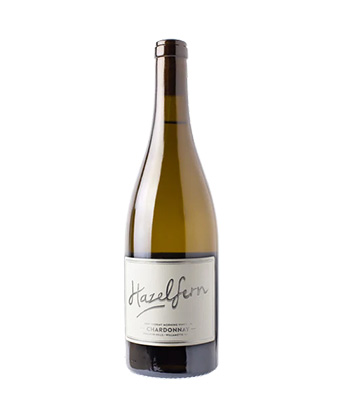
This Chardonnay is notable for its integrated oak flavors and just enough malolactic fermentation to provide a creaminess and robust pairing for a multitude of foods without being overly buttery. Average price: $39
Valcan Cellars Sparkling Malbec ‘Carmin’ 2021
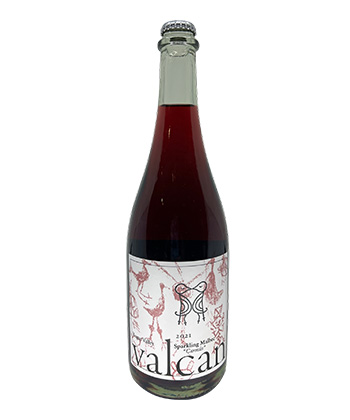
It’s hard to find sparkling medium-bodied wine, but this Malbec has all the fruit-forward qualities of its still counterpart, heightened by the bright effervescence of bubbles. Average price: $30
